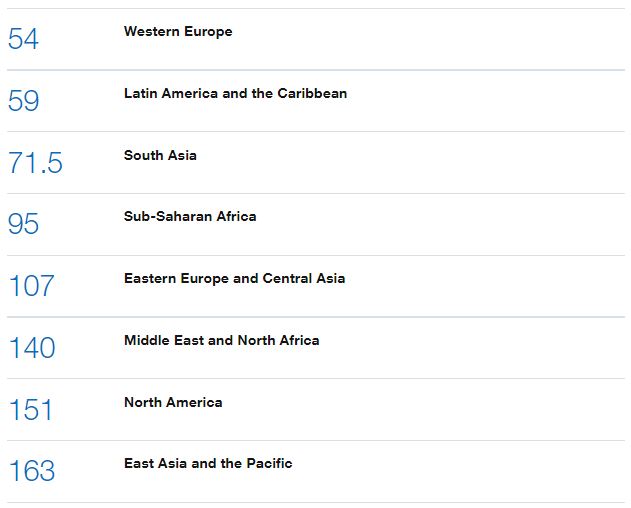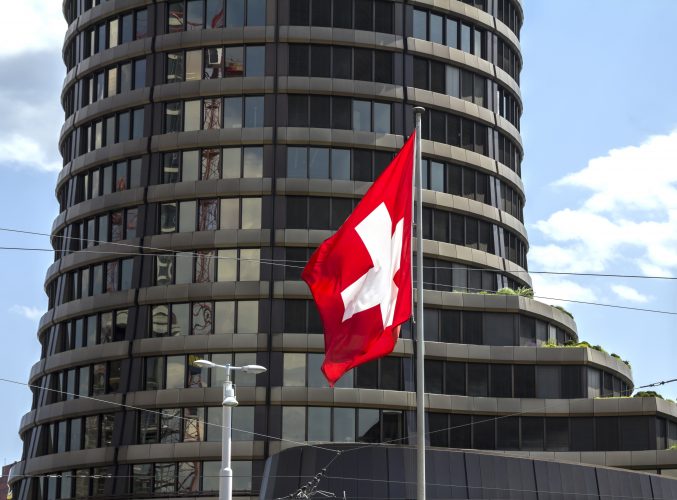According to the Global Gender Gap Report 2020, gender parity will not be attained for 99.5 years.
Gender parity has a fundamental bearing on whether or not economies and societies thrive. Developing and deploying one-half of the world’s available talent has a huge bearing on the growth, competitiveness and future-readiness of economies and businesses worldwide.
Now in its 14th year, the Global Gender Gap Report 2020 benchmarks 153 countries on their progress towards gender parity in four dimensions: Economic Participation and Opportunity, Educational Attainment, Health and Survival and Political Empowerment. In addition, this year’s report examines gender gap prospects in the professions of the future.
The report presents a decidedly mixed picture. Overall, the quest towards gender parity has improved, ducking back under a century and registering a marked improvement on the 108 years in the 2018 index. Greater political representation for women has contributed to this, but overall the political arena remains the worst-performing dimension.
At the other end of the scale, it is forecast to take just 12 years to attain gender parity in education, and in fact, overall, gender parity has been fully achieved in 40 of the 153 countries ranked.
Facts:
Top country for gender parity: Iceland (for the 11th year running)
Most-improved countries: Albania, Ethiopia, Mali, Mexico and Spain
Of the 149 countries ranked, 101 improved their scores on the 2019 index.
A further 48 saw their performance unchanged.
35 countries have achieved gender parity in education.
In healthcare, 48 countries have achieved near-parity and 71 have closed at least 97% of the gap.
In the past 50 years, 85 states have had no female head of state.
In terms of economic participation, the gender gap will take 257 years to close (compared to 202 years in the 2019 report).
Globally, only 55% of women (aged 15-64) are engaged in the labour market as opposed to 78% of men.
There are 72 countries where women are barred from opening bank accounts or obtaining credit.
Gender Parity by Region
By region, Western Europe has made the most progress on gender parity (standing at 76.7%), followed by North America (72.9%), Latin America and the Caribbean (72.2%), Eastern Europe and Central Asia (71.3%), Sub-Saharan Africa (68.2%), South Asia (66.1%) and the Middle East and North Africa (60.5%).
These figures, however, mask several key trends, which have a significant impact on the time to gender parity. In North America progress stalled during 2019, while further south in Latin America and the Caribbean, several countries performed strongly over the course of the year.
This translates into gender parity in years as:

The main reasons for hardly attainable gender parity are as follows:
- Women have greater representation in roles that are being automated.
- Not enough women are entering professions where wage growth is the most pronounced (most obviously, but not exclusively, technology).
- Women face the perennial problem of insufficient care infrastructure and access to capital.
Looking to the future, the report reveals that the greatest challenge preventing the economic gender gap from closing is women’s under-representation in emerging roles. In cloud computing, just 12% of professionals are women. Similarly, in engineering and Data and AI, the numbers are 15% and 26% respectively.
To address these deficiencies, workforce strategies must ensure that women are better equipped (in terms of improved skills or reskilling) to deal with the challenges and take advantage of the opportunities of the Fourth Industrial Revolution. Diverse hiring is another area for improvement (reflecting the current situation that sees gender parity in an in-demand skillset but not equal representation), along with creating inclusive work cultures.










Thanks!
Our editors are notified.